
Ca' di Pesa, an idyllic getaway in Chianti...

The wonderfully restored farmhouse has a large panoramic pool...

... which has awe-inspiring views ...

over the picturesque rolling hills of Tuscany
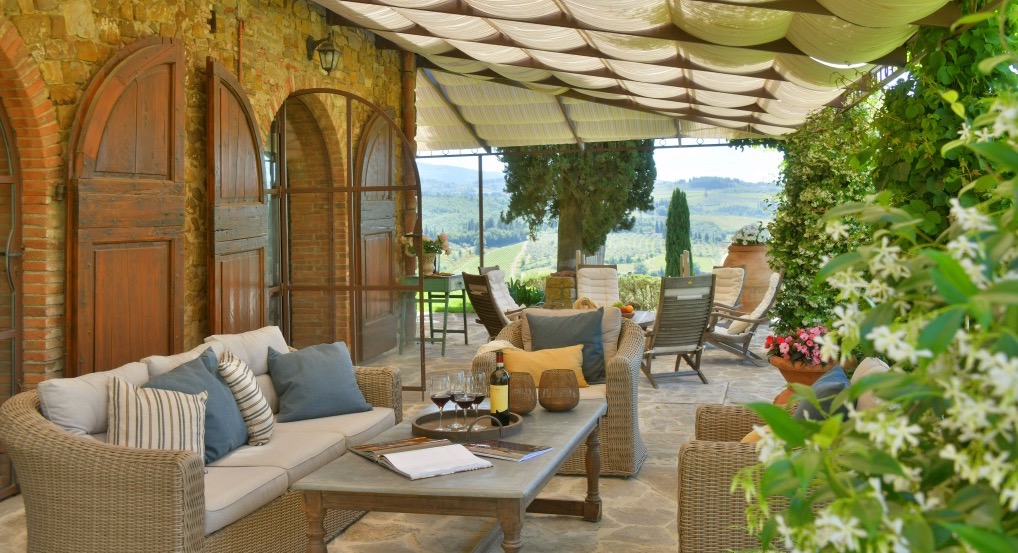
The vista can also be admired from the many outdoor sitting areas
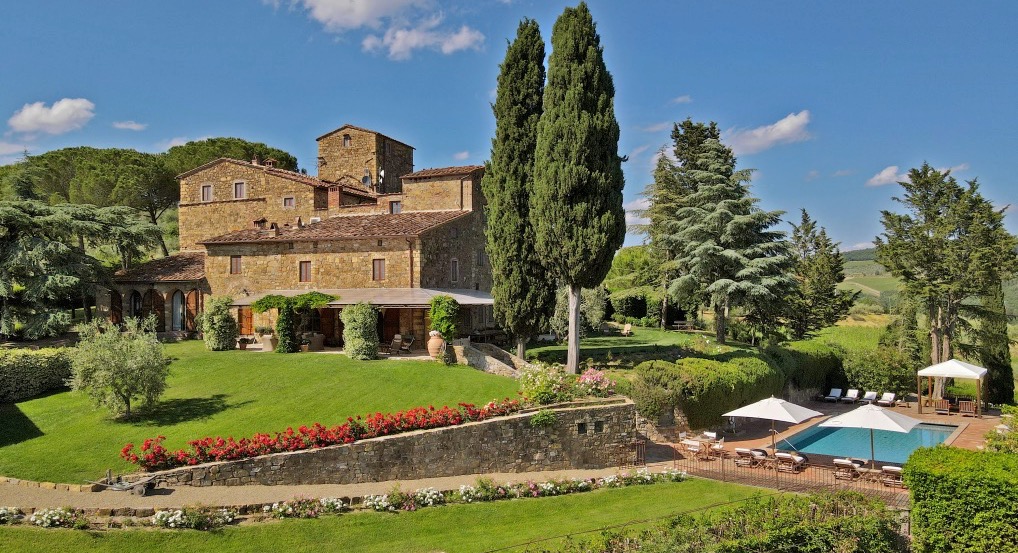
the spacious grounds and house are the perfect setting to gather friends and family

The interior courtyard is equally charming

As are the interiors which combine historic features and relaxed chic decor

The dining room has a long dining table and unique vintage lamps
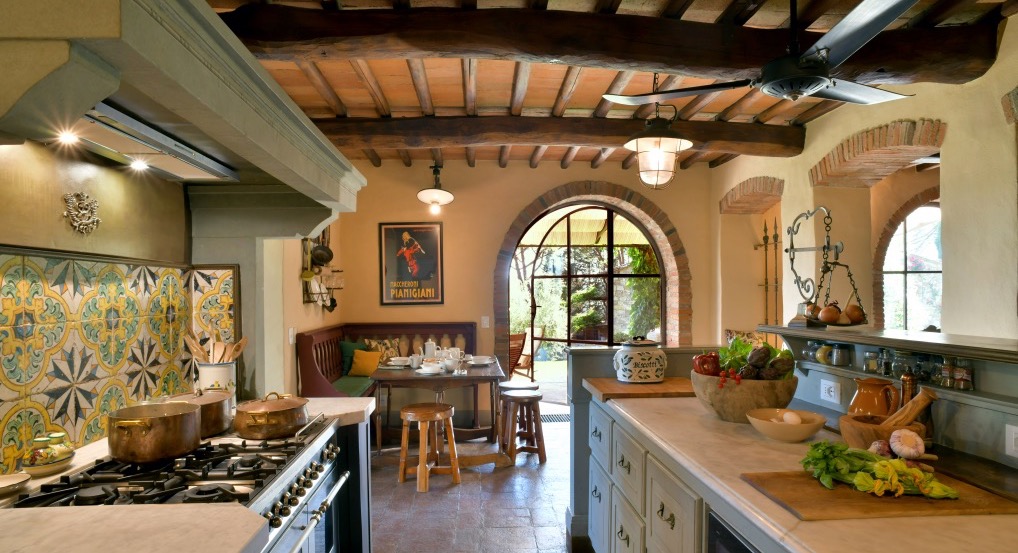
It is adjacent to the vast Tuscan kitchen which also has a breakfast table
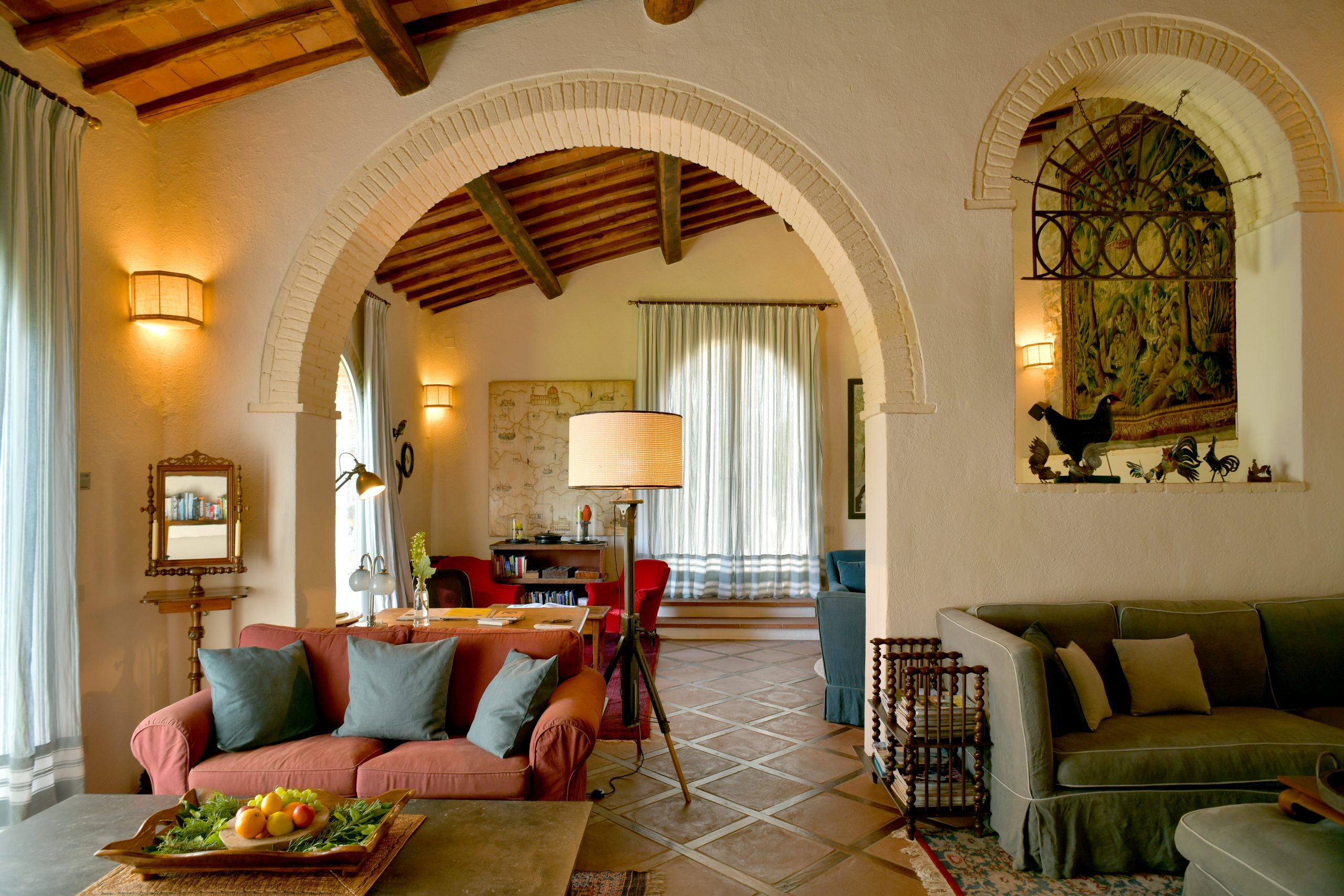
The large living room has 4 seating areas
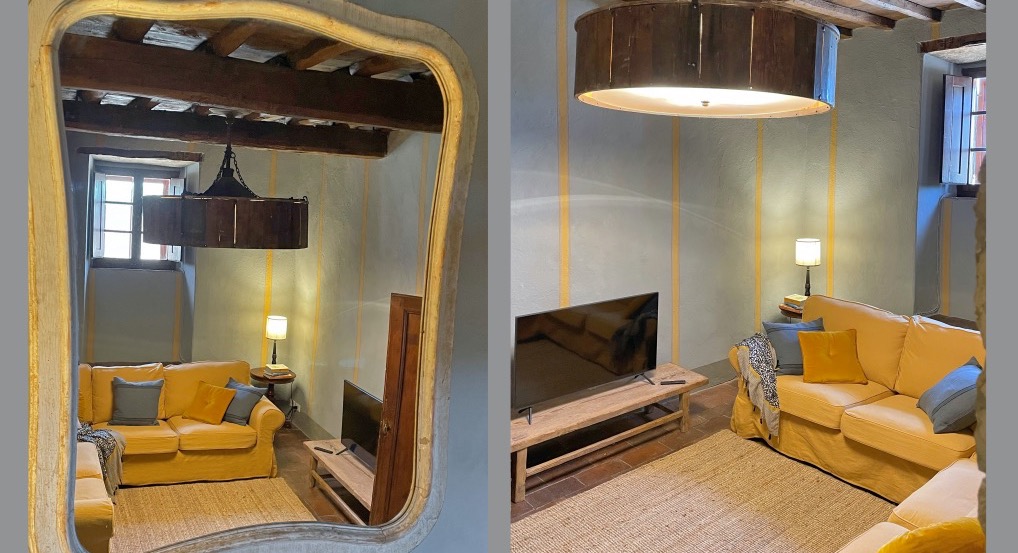
The TV room with a flat screen satellite TV

The home cinema
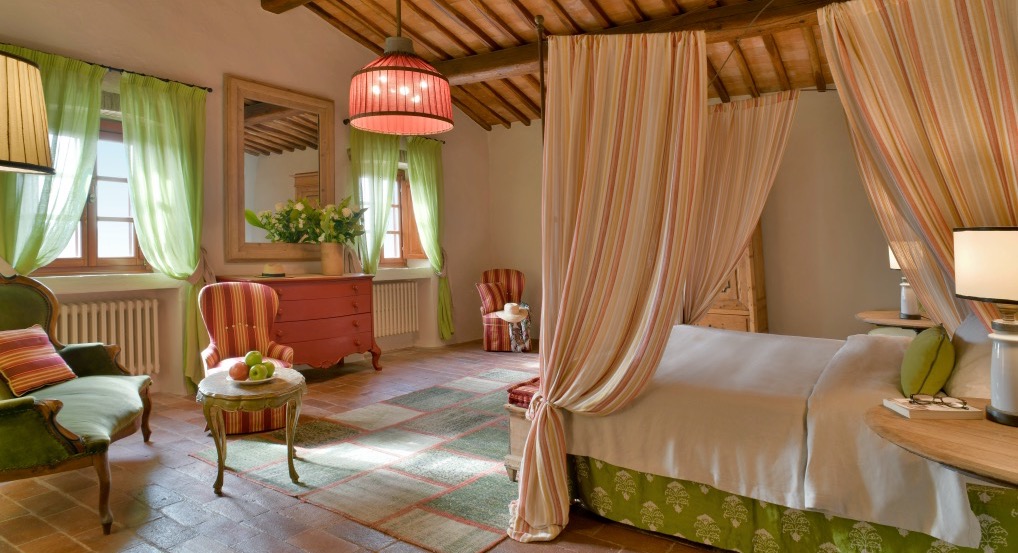
The beautiful bedrooms all have their own personality
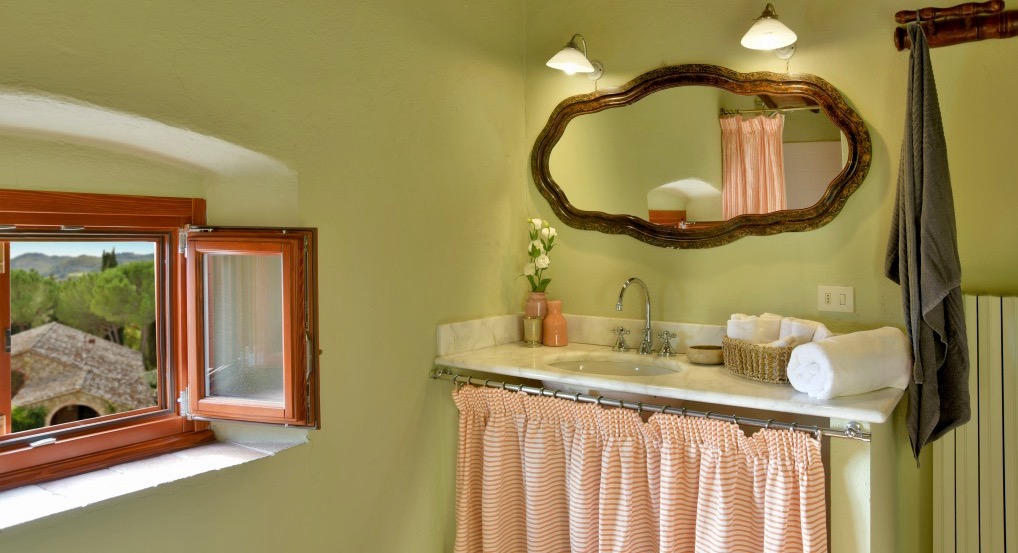
Four king suites have en suite bathrooms
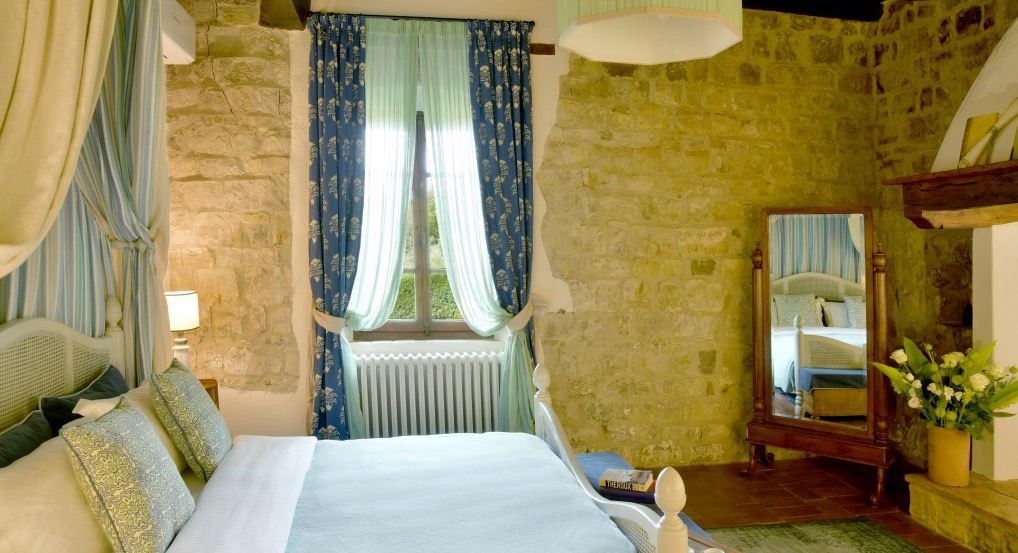
La Gioconda has exposed stone walls and antiques
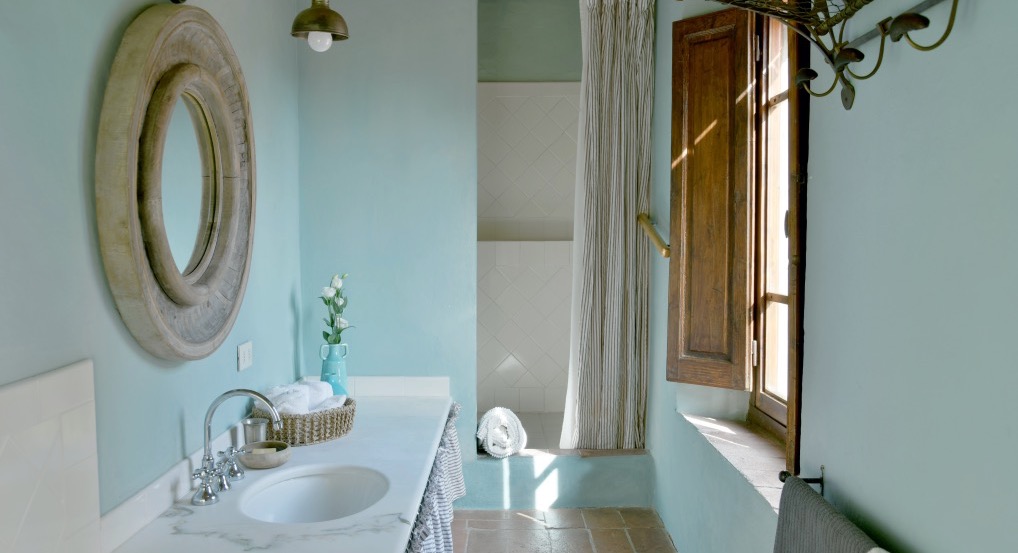
Its en suite bathroom has a lovely marble wash basin...
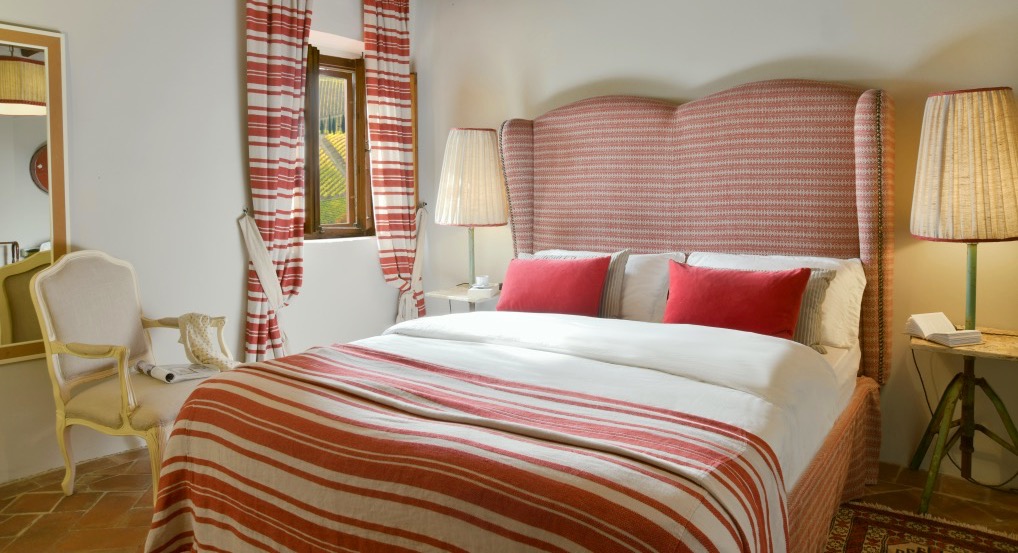
The Travaso double room is in pretty pinks...

... as is the bathroom it shares with Tesoro
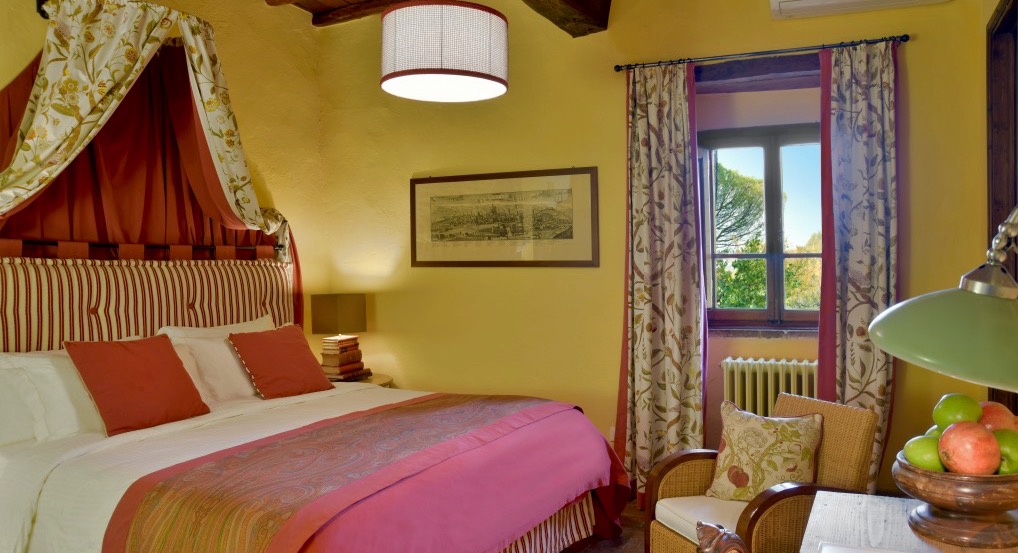
The Frantoio king suite
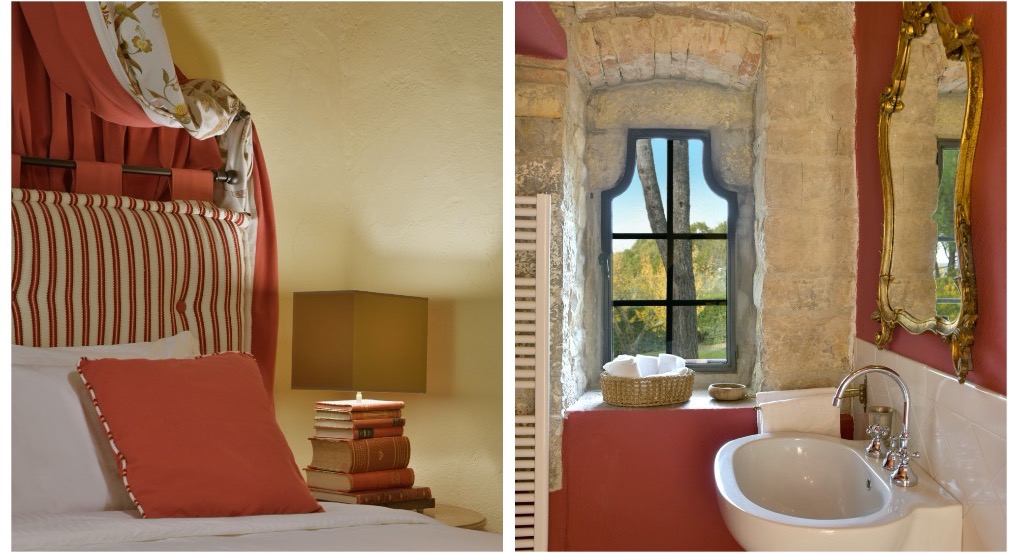
details of the Frantoio suite and its bathroom
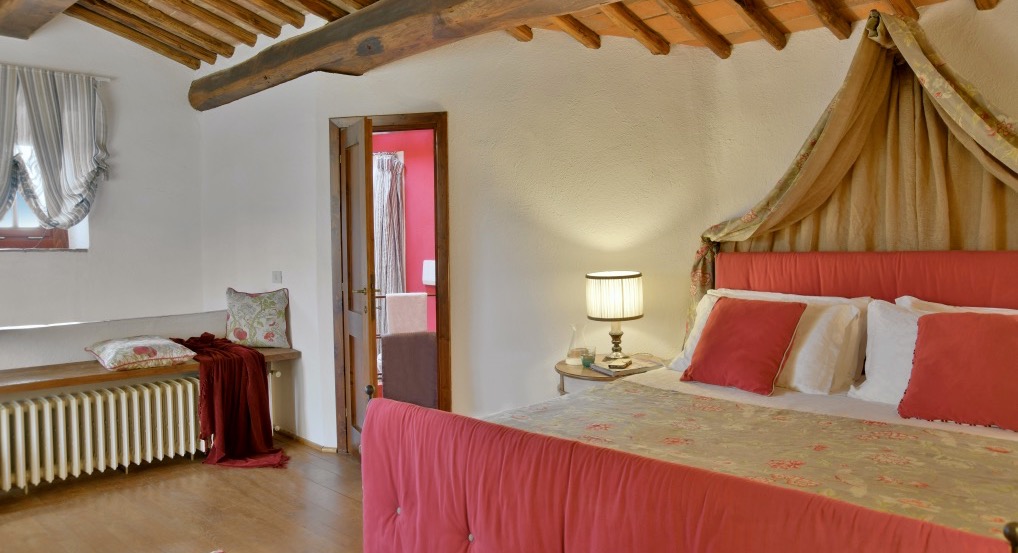
The Bussola suite with its enchanting canopy bed
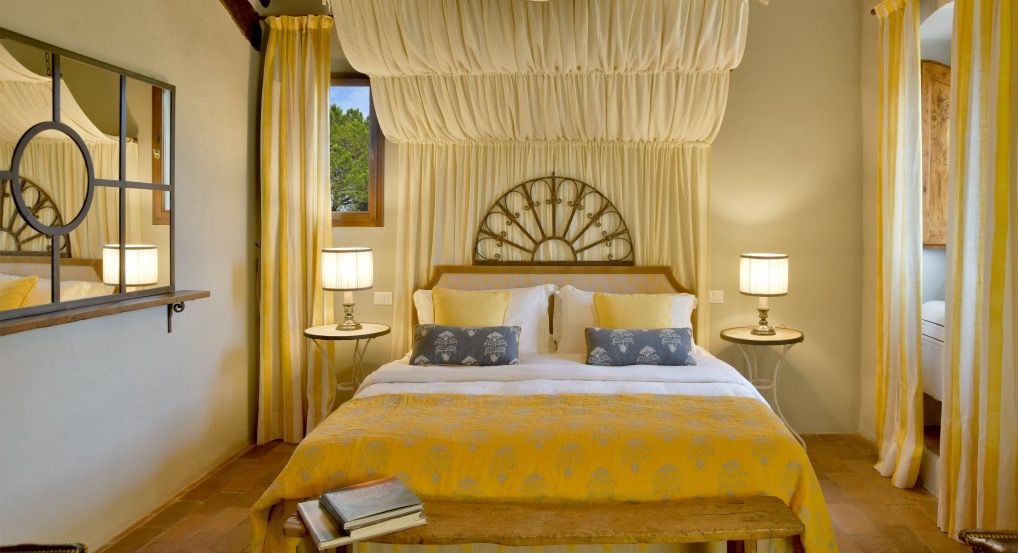
The Lucertola king suite has a stylish headboard and canopy
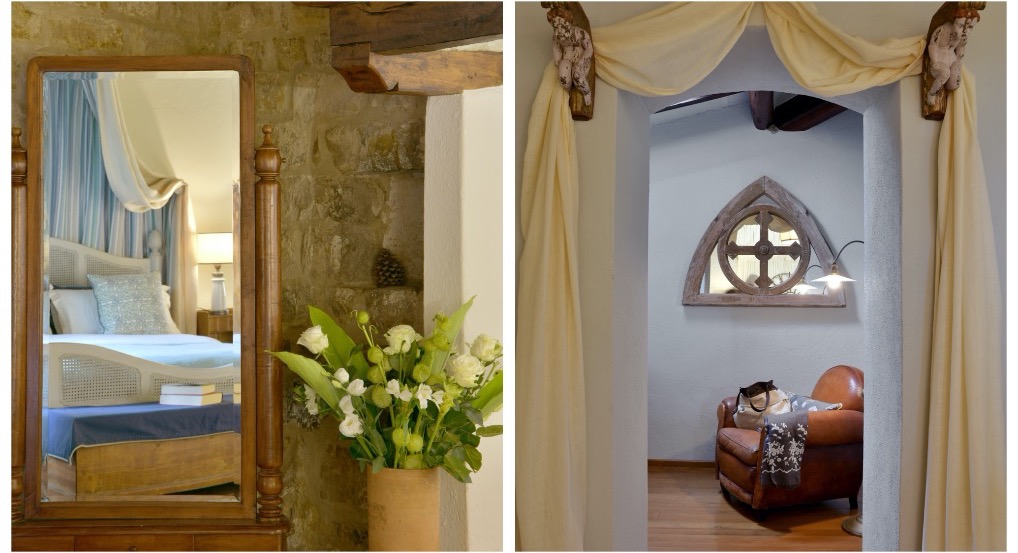
Some details of la Gioconda and Lucertola

The whimsical Primavera room with hand painted wall details
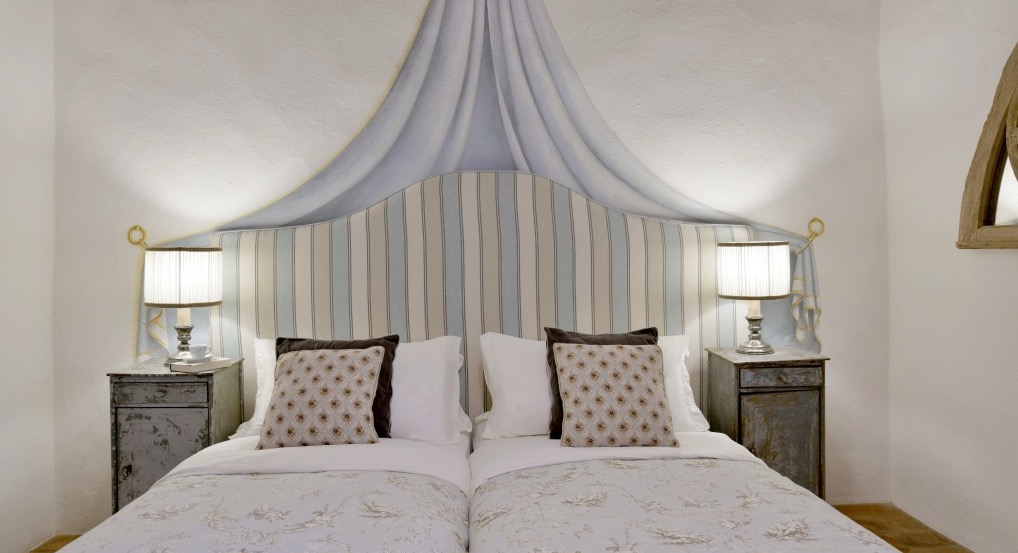
The Cielo twin also has painted walls...
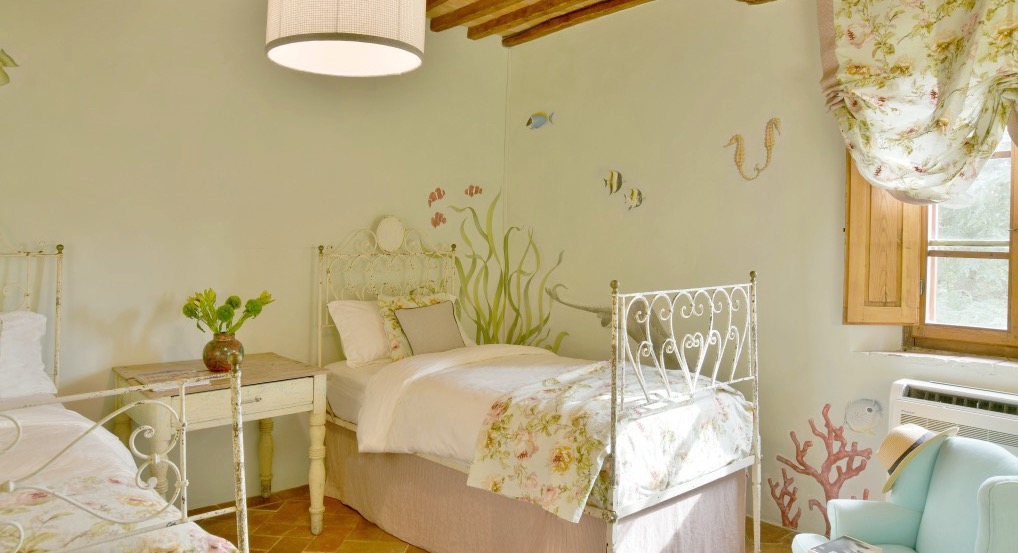
as does the Tesoro twin... perfect for children
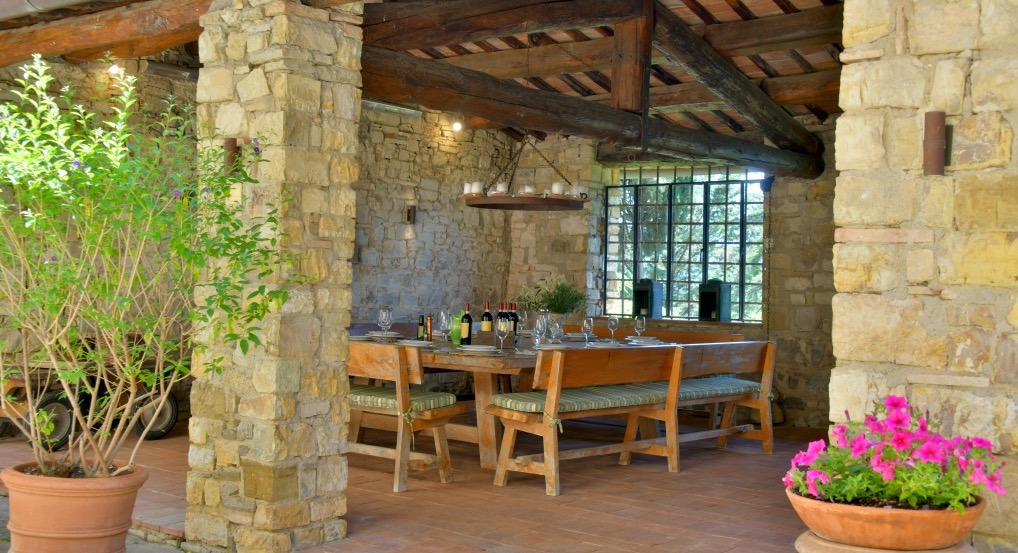
you can choose from the loggia dining area which has a pizza oven...

... and the panoramic dining terrace
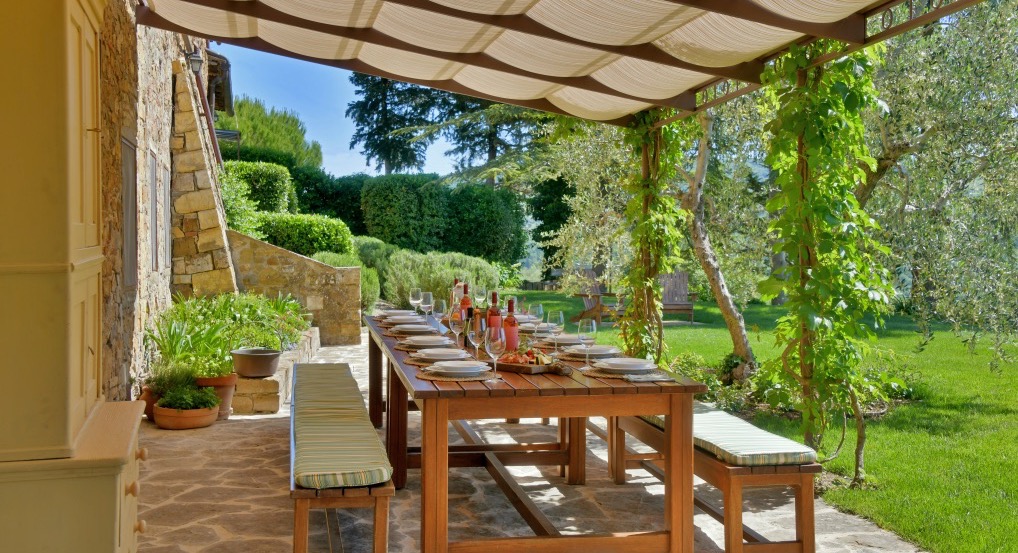
It overlooks the garden and vista

The perfect place for al fresco aperitivos and dinner!
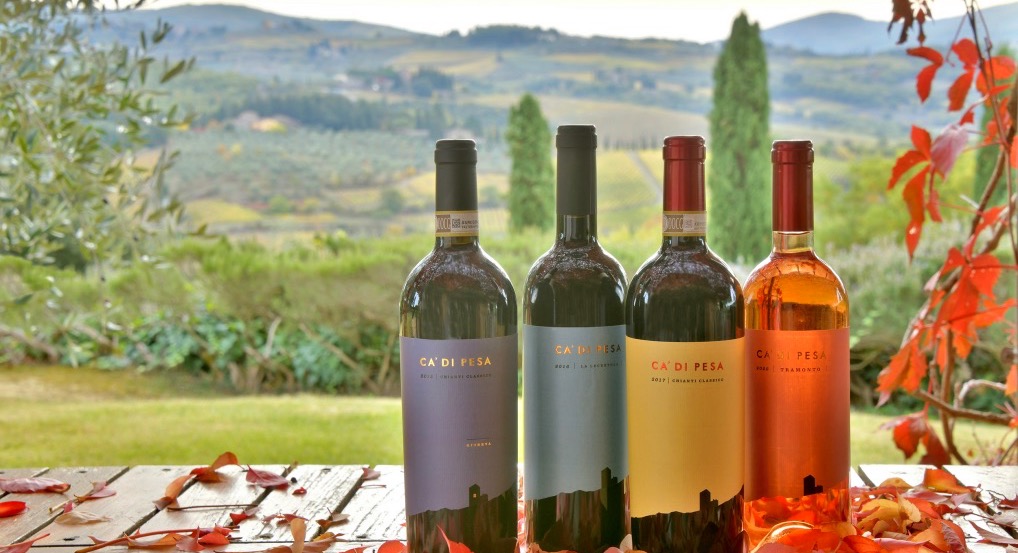
Guests can sample the wines produced right on the estate

as well as other local wines stored in the wine cellar

No matter if you're relaxing in the front sitting area...
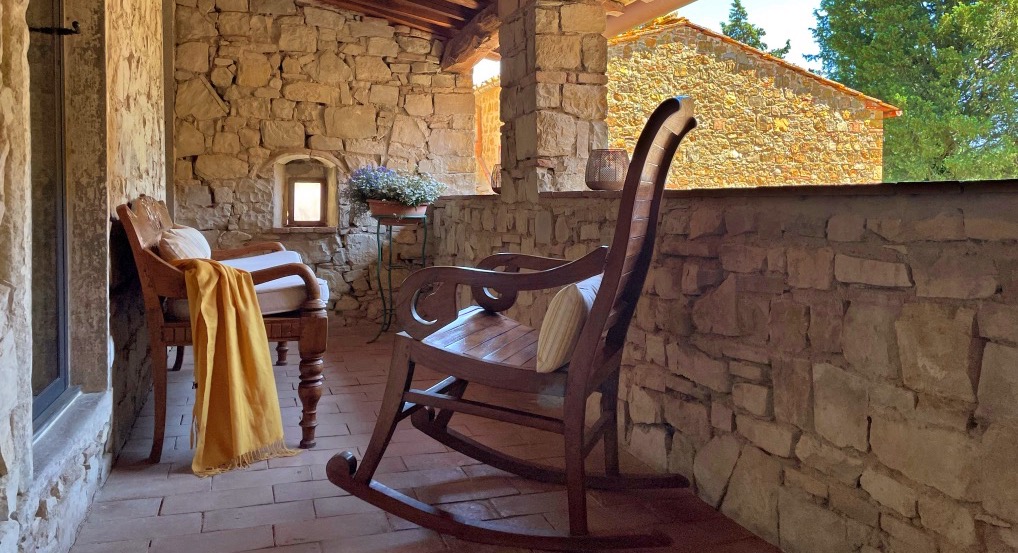
... in a quiet nook under the loggia...
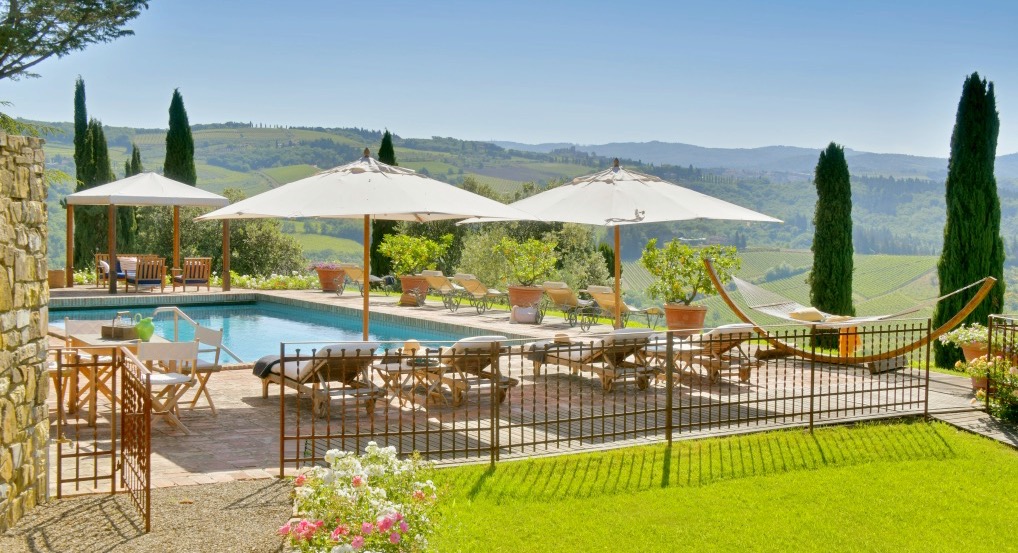
or next to the panoramic pool...

You'll be surrounded by the beauty of Chianti
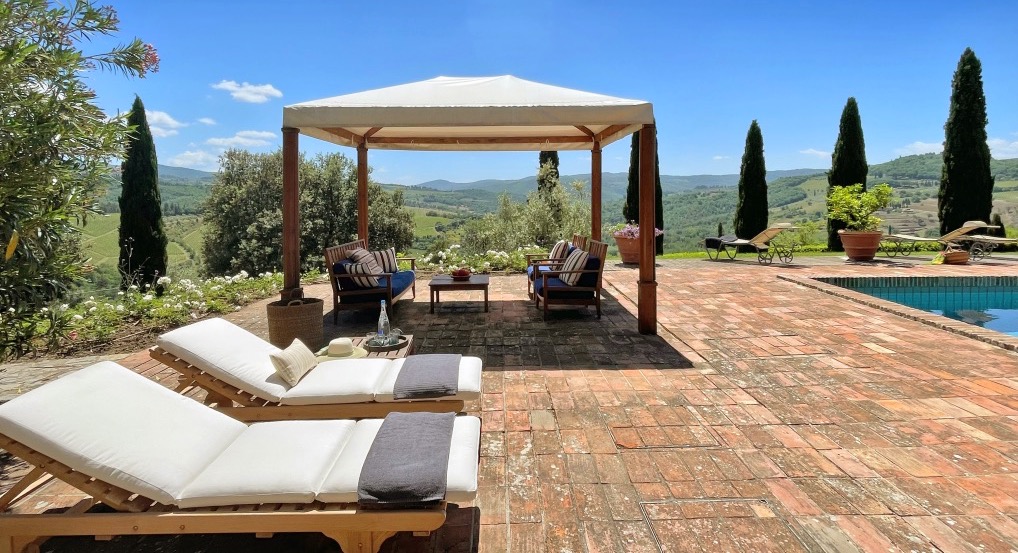
Relaxation reigns supreme!
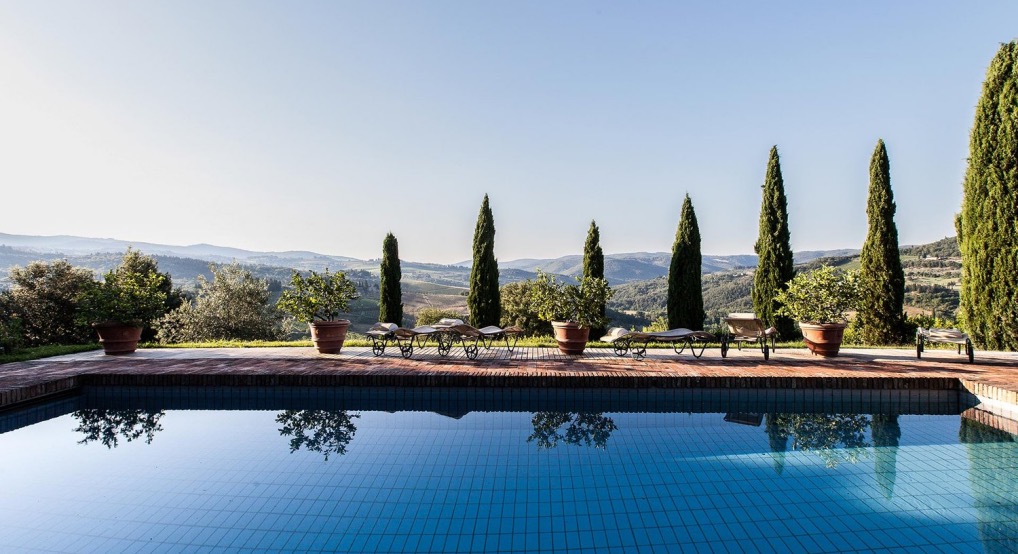
Enjoy the best of Tuscany at the Ca' di Pesa!






